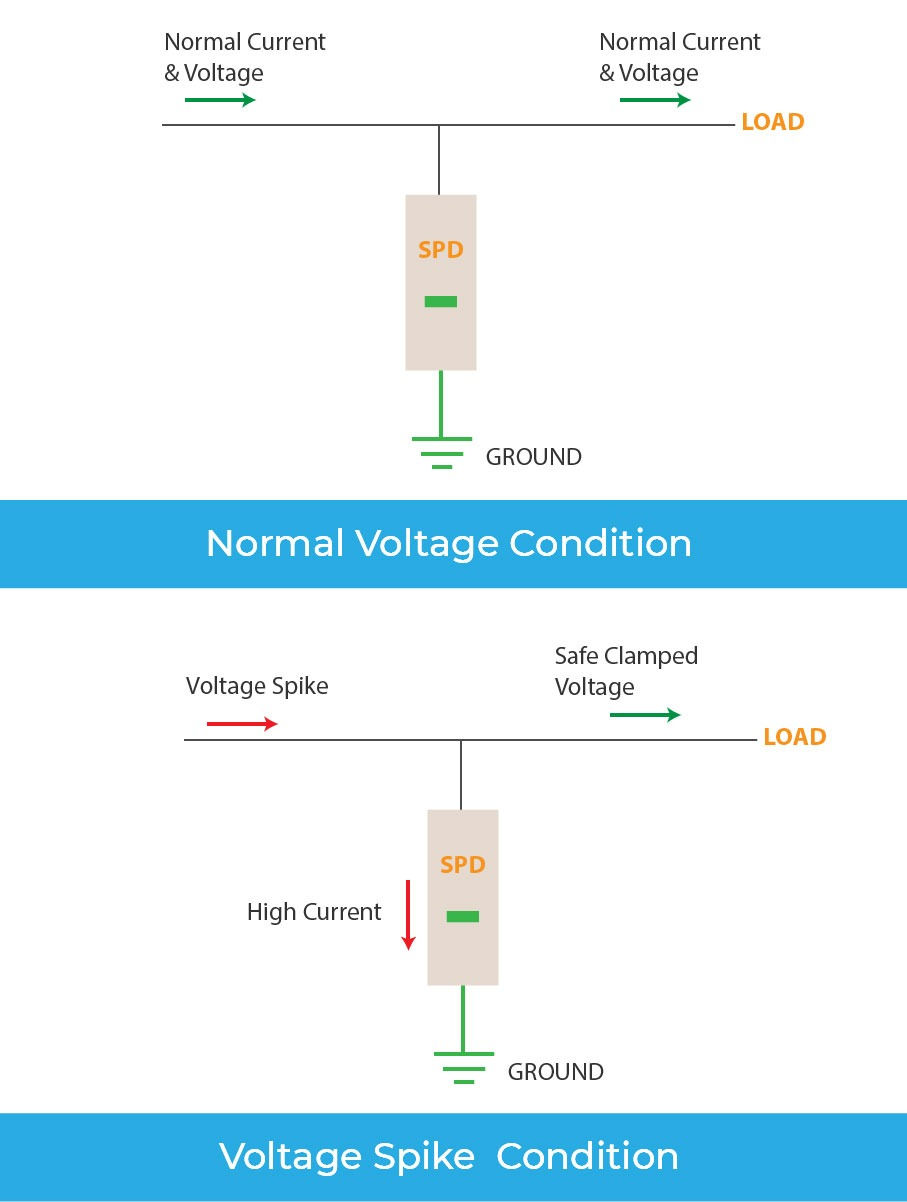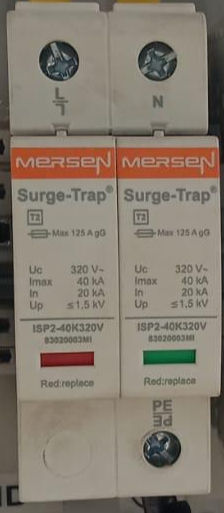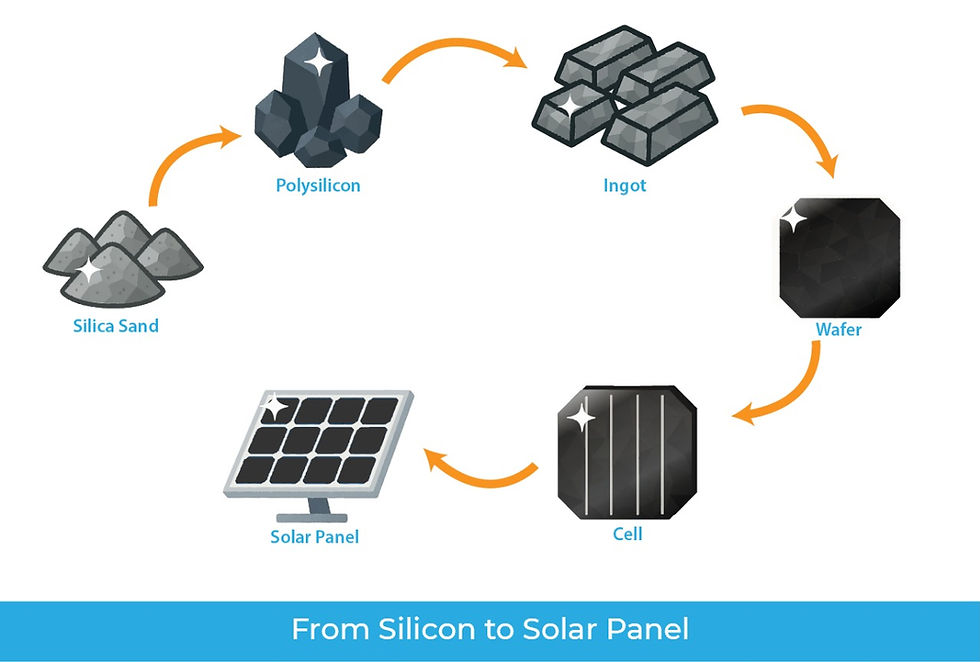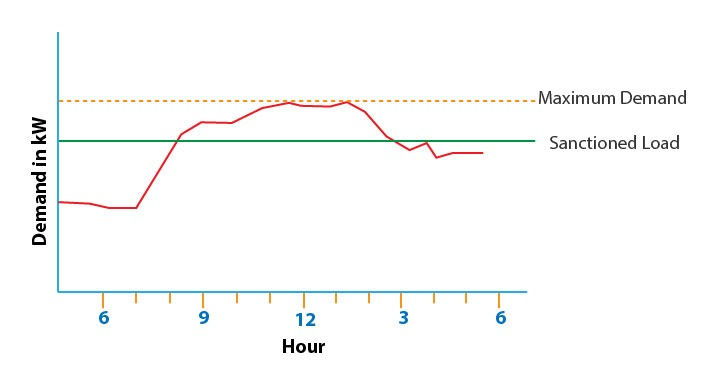Safeguarding Your Solar Investment: A Guide to SPDs in ACDB and DCDB
- Hyde Source

- Aug 1
- 4 min read
When you invest in a solar power system, you're not just buying panels and an inverter; you're investing in an intricate electrical system. While solar panels are built to withstand the elements, the sensitive electronic components inside your inverter are highly vulnerable to voltage surges. This is where Surge Protection Devices (SPDs) come in, acting as the system's vital defense.
For a solar setup to be fully protected, it requires SPDs on both the DC (Direct Current) and AC (Alternating Current) sides of the system, housed within the DCDB and ACDB, respectively.
What is an SPD and Why Do You Need It?
An SPD is a safety device designed to protect electrical equipment from sudden, high-energy voltage spikes, also known as transient overvoltages or surges. These surges can be caused by:
External Factors: The most common cause is a lightning strike, either a direct hit or an indirect strike nearby that induces a surge in the system's wiring.
Internal Factors: Surges can also be generated from within the grid (e.g., from utility switching operations) or even from large electrical loads switching on and off inside your own home.
At the heart of most SPDs lies a component called a Metal Oxide Varistor (MOV). An MOV is a semiconductor that has a unique and highly useful property: its electrical resistance changes dramatically based on the voltage applied across it.

Under normal voltage, the MOV has an extremely high resistance. It acts like an open circuit, essentially blocking any current from flowing through it.
During a voltage spike, the MOV’s resistance instantly drops to a very low value. It acts like a short circuit, creating a new, low-resistance path for the surge to follow.
This dual-state functionality allows the SPD to be a passive observer under normal conditions and an active protector during a threat.
An SPD's job is to detect these dangerous spikes and safely divert the excess energy to the ground, clamping the voltage to a safe level and protecting your valuable equipment.
An SPD is a sacrificial device. Every time it diverts a surge, a tiny amount of wear and tear occurs on the MOV. While it can handle thousands of small surges, a major lightning strike might cause it to fail, requiring a replacement.

The Role of the SPD in the DCDB
The DCDB (Direct Current Distribution Board) is the first line of defense, located between your solar panels and the inverter. Its main purpose is to protect the inverter's DC input from surges originating on the solar array side.

What it Protects Against: A lightning strike hitting a rooftop panel, the mounting structure, or even nearby wiring can send a massive surge down the DC cables.
How it Works: The DC SPD continuously monitors the voltage from your panels. When it detects a dangerous spike, its internal components (typically Metal Oxide Varistors or MOVs) become conductive for a split second, creating a low-resistance path that shunts the high-voltage energy directly to the earth.
Why It’s Unique: DC SPDs are specifically engineered for the constant, one-directional flow of direct current. Unlike AC, DC has no "zero-crossing" point, which makes arc suppression more challenging. Therefore, DC SPDs have special features to extinguish arcs quickly and safely, preventing fire hazards.
The Role of the SPD in the ACDB
The ACDB (Alternating Current Distribution Board) is positioned on the other side of the inverter, between the inverter's AC output and your home's main electrical panel or the utility grid. Its purpose is to protect the inverter's AC output and the appliances inside your home from grid-side surges.

What it Protects Against: Power grid fluctuations, switching of heavy industrial loads, or a lightning strike on a nearby power line can all send a surge into your home's electrical system via the grid.
How it Works: Similar to the DC SPD, the AC SPD in the ACDB detects voltage spikes and diverts them to the ground before they can reach the sensitive electronics of your inverter and other household devices.
Why It's Different: AC SPDs are designed for alternating current. The natural zero-crossing of the AC waveform makes arc suppression easier, but they must be robust enough to handle the constant cyclic voltage fluctuations from the grid.
The Bottom Line: Double the Protection, Double the Safety
In a solar installation, having an SPD in both the DCDB and ACDB is non-negotiable for comprehensive protection.
The DCDB's SPD safeguards your inverter and the solar array from surges coming down from the rooftop.
The ACDB's SPD protects the inverter and your appliances from surges coming from the grid.
By installing SPDs on both the input and output sides of the inverter, you create a complete safety shield, dramatically extending the lifespan of your solar system's most expensive components and ensuring your investment remains secure for decades to come.
Ready to go solar? We're here to help! Reach out to our experts today for a personalized discussion about your specific requirements. We'll craft the ideal solar system that perfectly fits your needs and budget.




